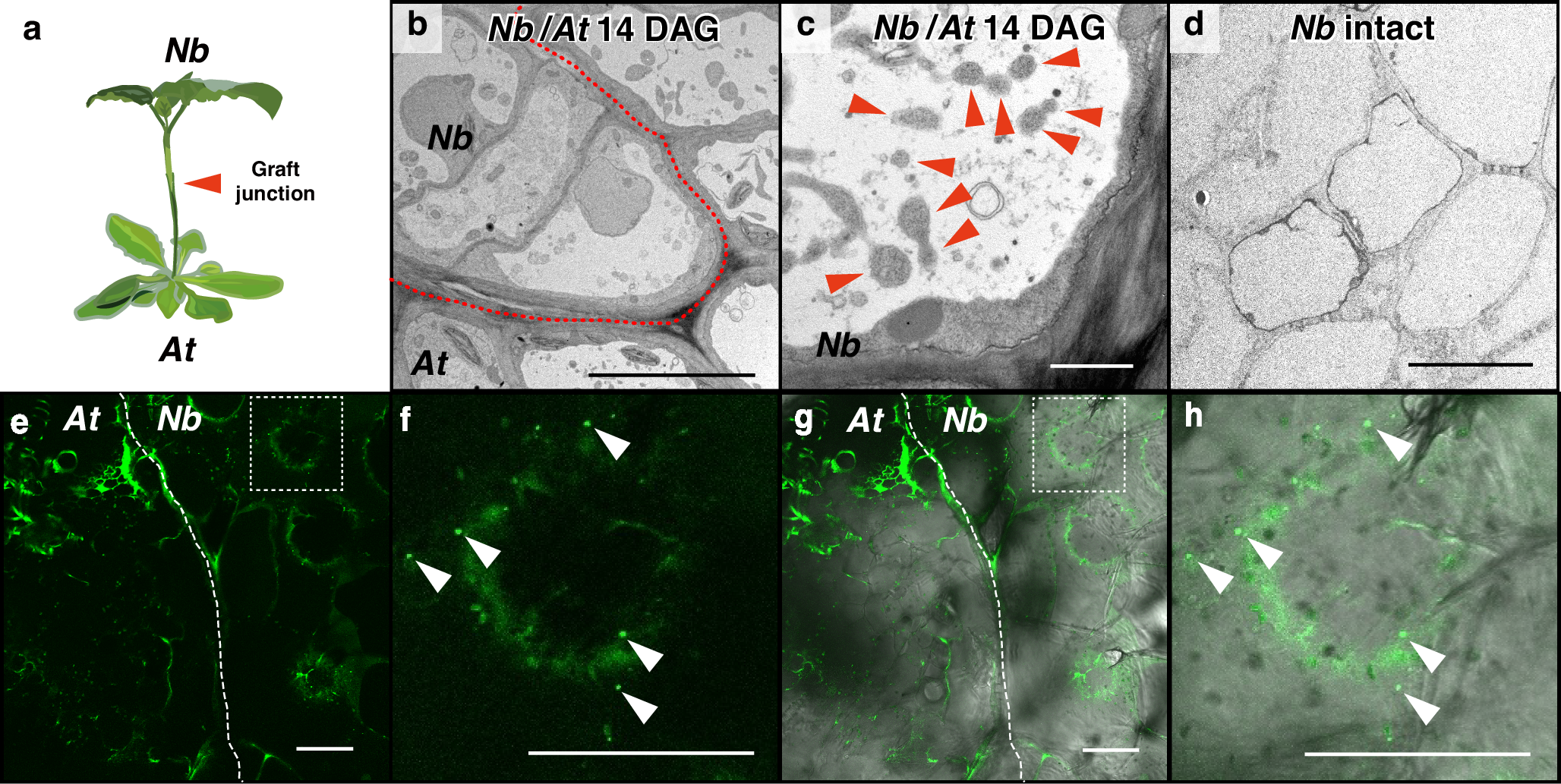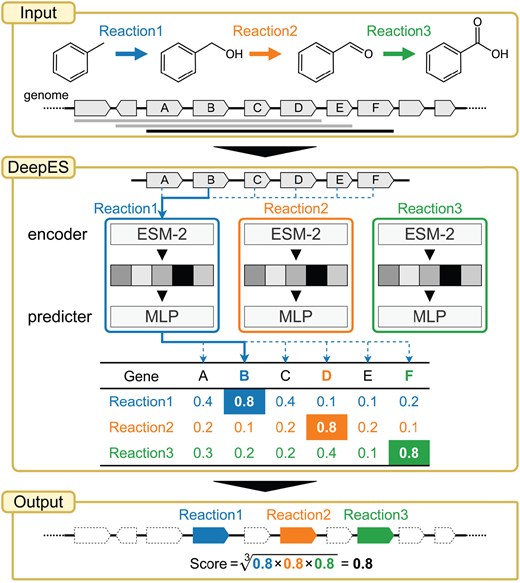2025-04-18 京都大学
<関連情報>
- https://www.kyoto-u.ac.jp/ja/research-news/2025-04-18-1
- https://www.kyoto-u.ac.jp/sites/default/files/2025-04/web_2504_Notaguchi-225f4fa4e72a61079d326d61c68979b4.pdf
- https://www.nature.com/articles/s41467-025-58519-6
植物移植時に誘導されるオートファジーが創傷治癒を促進する Autophagy is induced during plant grafting to promote wound healing
Ken-ichi Kurotani,Daiki Shinozaki,Kentaro Okada,Ryo Tabata,Yaichi Kawakatsu,Ryohei Sugita,Yuki Utsugi,Koji Okayasu,Moe Mori,Keitaro Tanoi,Yumi Goto,Mayuko Sato,Kiminori Toyooka,Kohki Yoshimoto & Michitaka Notaguchi
Nature Communications Published:12 April 2025
DOI:https://doi.org/10.1038/s41467-025-58519-6

Abstract
Grafting is an agricultural technique that joins tissues from different plants to obtain useful rootstock traits. However, cellular processes involved in joint tissue repair remain poorly understood. We analyzed Nicotiana benthamiana (Nb) and Arabidopsis thaliana (At) interfamily heterografting as a high-stress model and At homografting as a low-stress model. Transmission electron micrographs reveal the formation of autophagic structures in cells near the graft boundary over a long period in Nb/At interfamily grafts and in a short period of a few days in At homografts. Using a GFP-ATG8 marker line, the autophagosomes were observed in the cells near the graft boundary, especially on the scion side, where nutrient depletion occurred. Grafting of At autophagy-defective mutants decreases grafting success rates and post-grafting growth. NbATG5 knockdown suppresses graft establishment in Nb/At interfamily heterografts. Moreover, At autophagy-defective mutants show reduced callus formation directed to wounds under the nutrient-deficient conditions. These results suggest that autophagy is induced during grafting, promoting callus formation and contributing to tissue connectivity.


